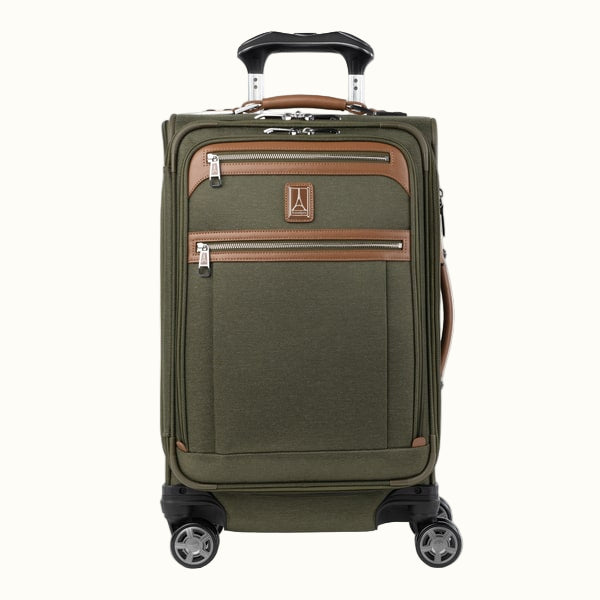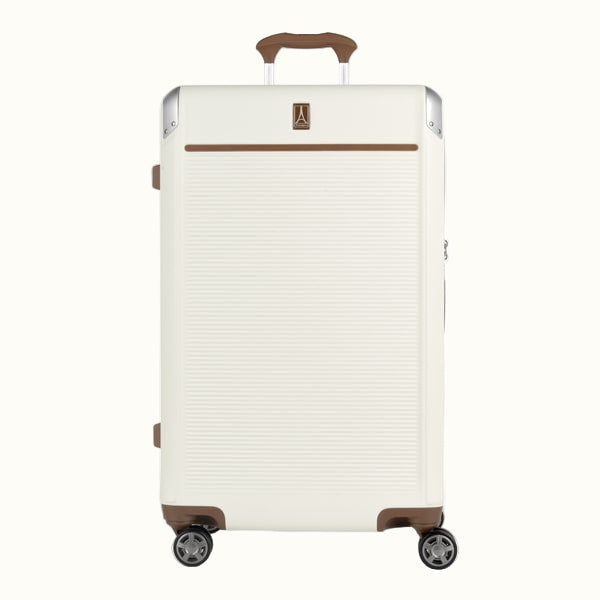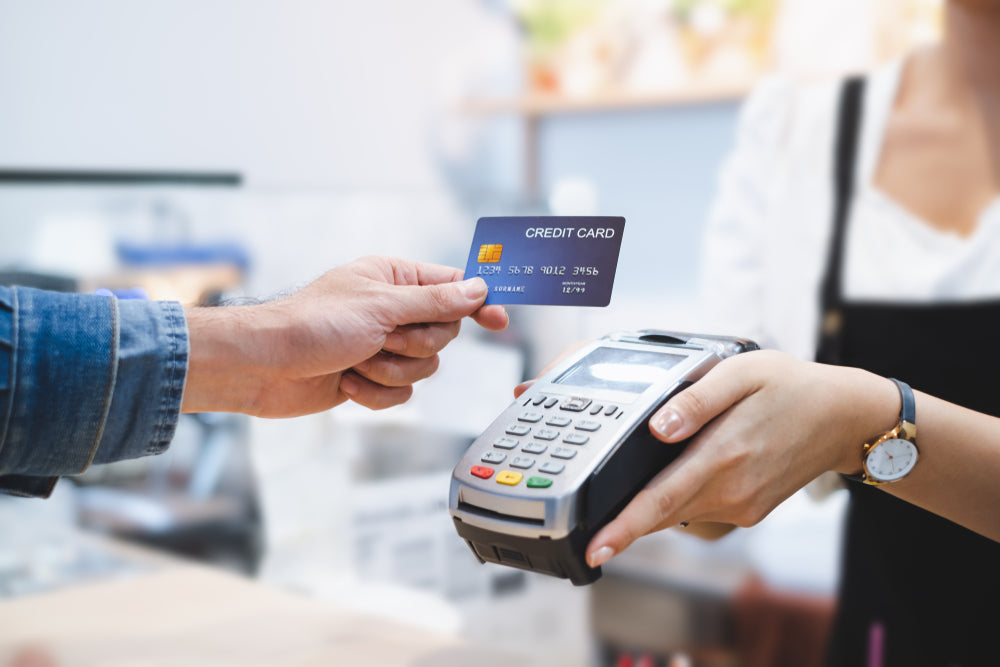Several countries and even cities have become progressively cashless in recent years, making cashless travel more and more prominent. We even talked about contactless and cashless travel in a recent blog post, and we think it will continue to see fewer people paying with cash, instead using credit and debit cards, as well as alternative forms of payment like PayPal, Venmo, WeChat, and even Cash (the mobile app, not the currency).
With newer payment alternatives, the need for physical currency seems to be slipping in popularity. There are even several countries that are making the move to becoming a cashless society.
Sweden has already reported that 80 percent of their population are already using some sort of non-cash payment form, and they could be completely cashless by 2023. South Korea has similarly reported that 80% of all transactions are cashless. Australia believes they could go cashless in two years. And in China, ecommerce is expected to make up 11.6% of their GDP by 2022.
Of course, we probably won’t see a cashless society here in the United States, since there are still laws in place that require merchants to accept cash, no matter how much they may not want to. Some cities, like Philadelphia, San Francisco, and Washington D.C., as well as the state of New Jersey, are making moves to ban cashless stores. That doesn’t mean you can’t use cashless or contactless payments, but it means that stores that want to deal in cash-only transactions will not be allowed to do so.
MAKING THE SWITCH TO CASHLESS TRAVEL
Cashless travel shouldn’t be that difficult anyway. There’s a very good chance that you already use credit cards and debit cards. And it’s not a great idea to carry a lot of cash with you when you travel, in case you lose it or it gets stolen.
At least when you lose a credit card, you can quickly get a replacement, and you’re protected from theft by the credit card network and/or your issuing bank. And you can even travel without a credit card in some cases, such as if you forgot your wallet. There are options like paying with Apple Pay and Google Pay, visiting businesses that let you tie your credit card to your account (e.g. Starbucks, Subway, etc. It’s not ideal, but you’re not stuck if you forgot your wallet or purse in your hotel room.)
You can also buy pre-paid credit cards that function like debit cards but are accepted as credit cards, and still have the same protections. The benefit of these is if your card gets stolen, you only lose a smaller amount of cash, not, say your entire $20,000 credit line.
Finally, traveling cashless overseas means not trying to exchange money at banks and currency exchange stands. You don’t have to worry if you’re getting the best exchange rate because the banks are taking care of it for you and already get one of the best rates available.
What are your thoughts about cashless travel? Are you ready for it? What kinds of apps and strategies do you have to keep your wallet light, but still give you plenty of flexibility to see the world? Tell us about your ideas on our Facebook page, or on our Twitter stream. You can also find us on our Instagram page at @TravelproIntl.
Photo credit: ING Nederland (Wikimedia Commons, Creative Commons 2.0)





